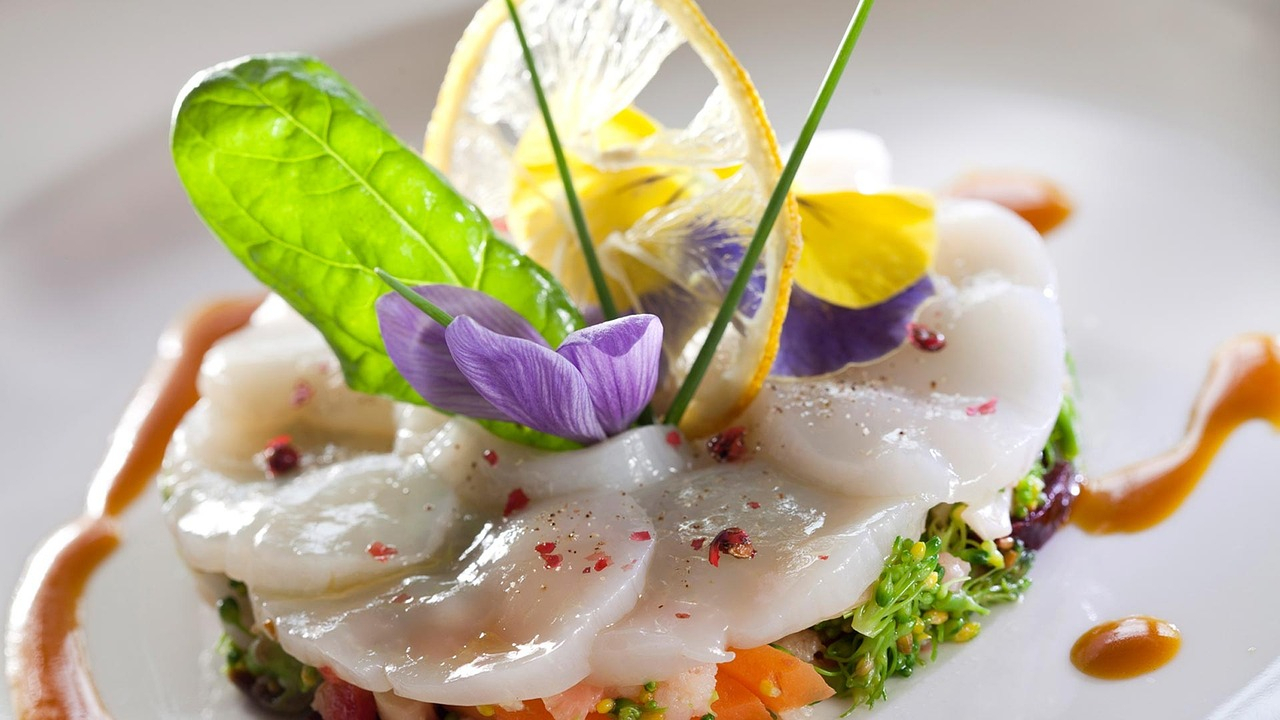The Art of Deception
Illusion foods are not just about flavor; they are an artistic expression that blurs the line between reality and fantasy. Chefs around the world are embracing the challenge of creating dishes that defy expectations, using techniques such as molecular gastronomy, edible printing, and unconventional presentation methods. The goal is to surprise and delight diners by offering a multisensory experience that goes beyond the ordinary.
Levitating Desserts and Floating Delights
One of the most enchanting aspects of illusion foods is the use of levitation and suspension techniques. Chefs are turning to science and creativity to make desserts float in mid-air or appear weightless. Levitating cakes, floating ice cream, and hovering fruit skewers are just a few examples of how culinary artists are using suspension to elevate the dining experience. The illusion of defying gravity adds an extra layer of excitement and wonder to the already delightful world of desserts.
Savory Illusions
Illusion foods aren't limited to the realm of desserts; savory dishes are also getting a makeover with deceptive designs. Chefs are mastering the art of culinary camouflage, creating dishes that look like everyday objects but taste like gourmet delights. From sushi that resembles a miniature garden to a burger that appears as a dessert, these creations challenge our visual expectations and surprise our palates. You can even buy pizza chocolate to give as gifts or enjoy yourself. The playful combination of familiar visuals with unexpected flavors adds an element of surprise to the eating experience.
Social Media Sensation
The visually stunning nature of illusion foods has contributed significantly to their popularity on social media platforms. Instagram, TikTok, and other visual-centric platforms have become breeding grounds for sharing these mesmerizing creations. Chefs and food enthusiasts alike showcase their skills, capturing the attention of a global audience hungry for visually appealing and shareable content. The hashtag #IllusionFood has become a virtual gallery of culinary creativity, fostering a sense of community among those who appreciate the art of food deception.
Challenges and Criticisms
While illusion foods continue to gain popularity, they are not without their critics. Some argue that the emphasis on visual appeal may overshadow the importance of taste and nutritional value. Detractors claim that illusion foods prioritize style over substance, leading to an overemphasis on aesthetics at the expense of traditional culinary principles. However, proponents argue that illusion foods represent a form of culinary art, pushing the boundaries of creativity and challenging conventional notions of what a meal should look like.
The popularity of illusion foods reflects a broader trend in the culinary world – a move towards experiential dining and the fusion of art and gastronomy. As chefs continue to push the boundaries of creativity, illusion foods offer a unique and entertaining way to engage diners. While the debate about the balance between visual appeal and taste persists, there's no denying the enchantment that comes with savoring a meal that is as visually captivating as it is delicious. In the ever-evolving world of gastronomy, illusion foods stand as a testament to the boundless creativity and innovation that continue to shape the culinary landscape.

